Now, mask factories in European and American countries are facing some pressure: on the one…
To Help You Know Antiviral Masks Better, We Teared Down 20 Different Kinds of Masks
This is an article from Zhihu, which was translated and organized by us and published. The original link is here: https://zhuanlan.zhihu.com/p/104232116
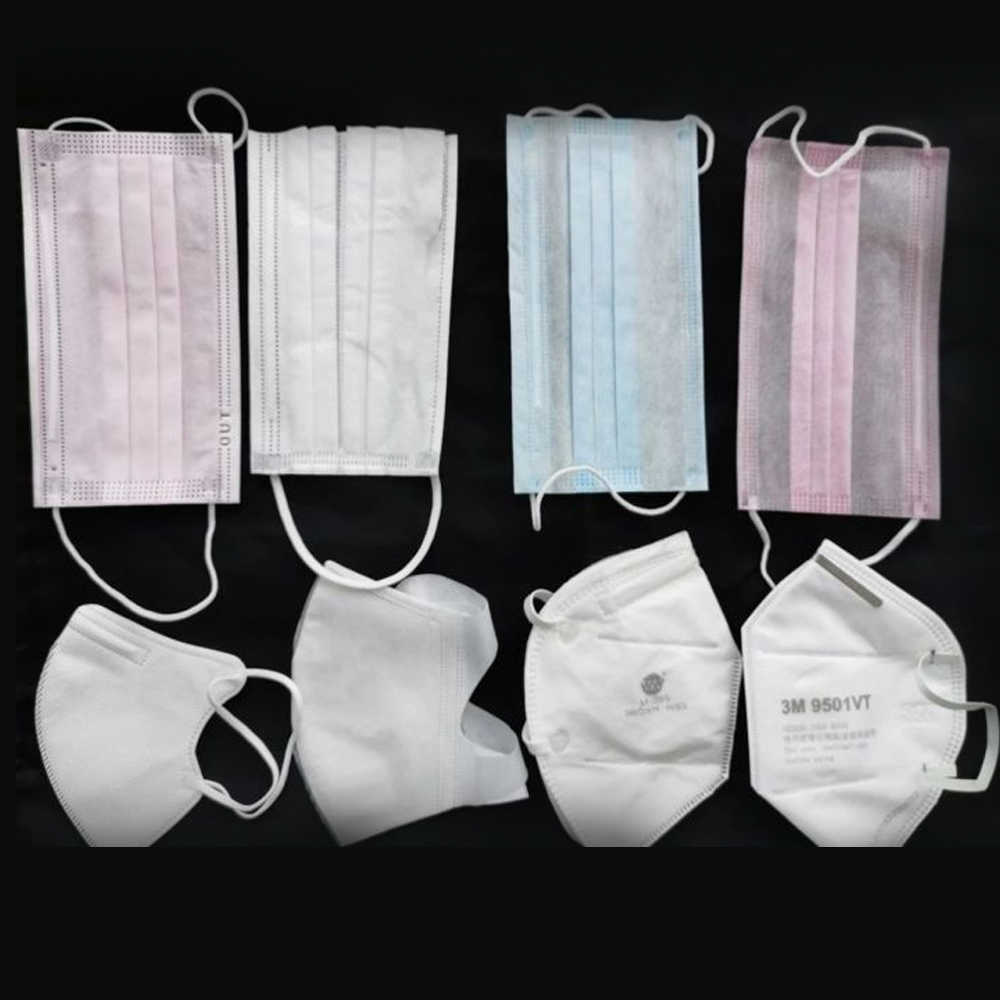
This time the coronavirus epidemic is so severe that good daily protection is necessary, I bought many antiviral masks(declared to be) this time and also dropped many pits. This time the right to dismantle the right to give you the experience to talk about: at present the daily protection to buy which kind of mask suitable? (I bought over 20 of them and pulled out a typical few for everyone to elaborate on).
After I disassembled these antiviral masks, I looked up a lot of information and compared it to the physical. Now I’m going to turn it upside down and start with the theory to freshen it up for you. Let’s start with the Chinese standard for antiviral masks.
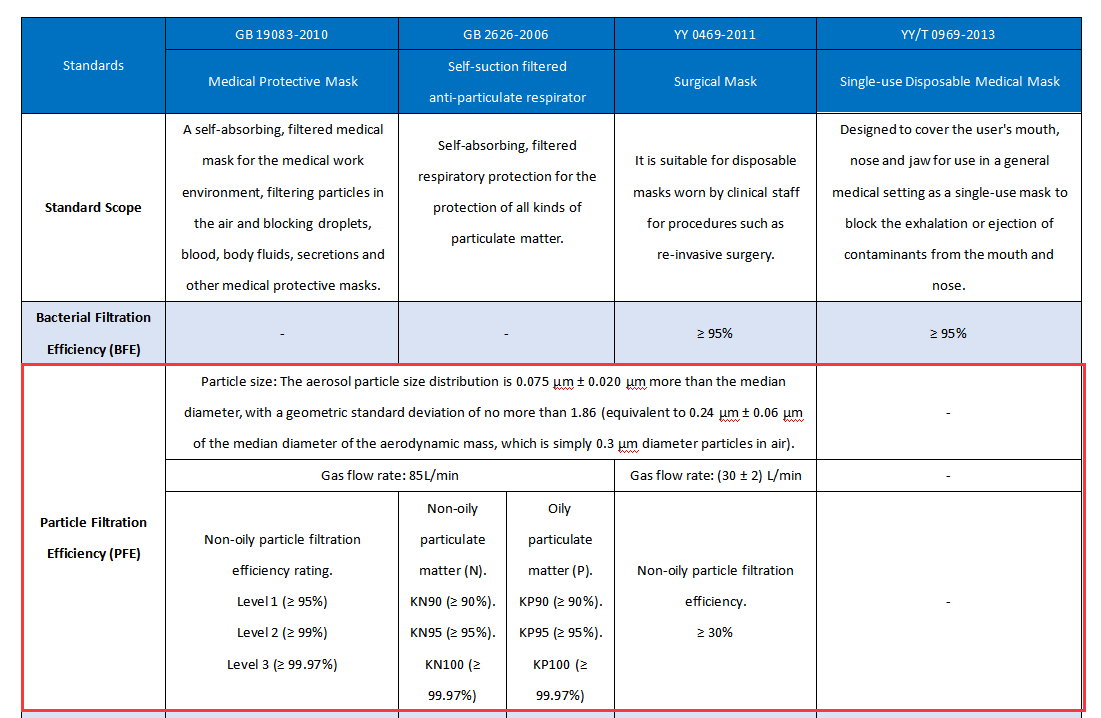
Bacterial filtration effect is to look at the BFE, can antivirus, mainly PFE index, the difference between the two is the particle size, BFE is usually 0.3 microns, PFE requires 0.1 to 3 microns (coronavirus size order of magnitude only 50 nanometers to 100 nanometers, but in the air is an aerosol, the actual size is the PFE interval.
So let’s leave out the last item YY0969(not good antiviral masks) (I’ll go into detail below, the best product on the market right now! The rest, whether it is medical protection, self-absorbing filter type, medical shell masks, all have the effect of isolating the virus and play the role of PFE standard, the material is actually one! It is melt-blown cloth.
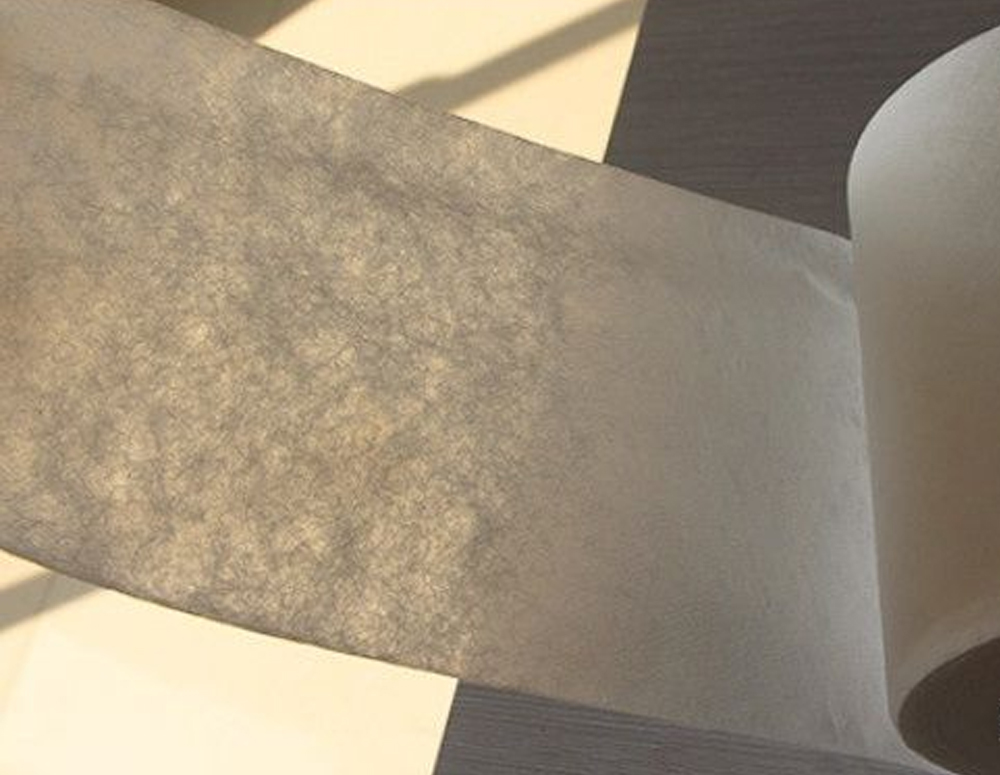
Introduction: Meltblown nonwoven fabric is a kind of microfiber nonwoven fabric, the material fiber fineness is 0.5-1.0um, the random distribution of the fiber provides a larger surface area between the fibers, making the product has low resistance, high filtration efficiency.
Material: PP Non-woven
Process: Polymer feeding – Melt extrusion – Fiber formation – Fiber cooling – Web formation – Reinforcement into cloth.
What I found on the China National Medical Products Administration platform also illustrates this.
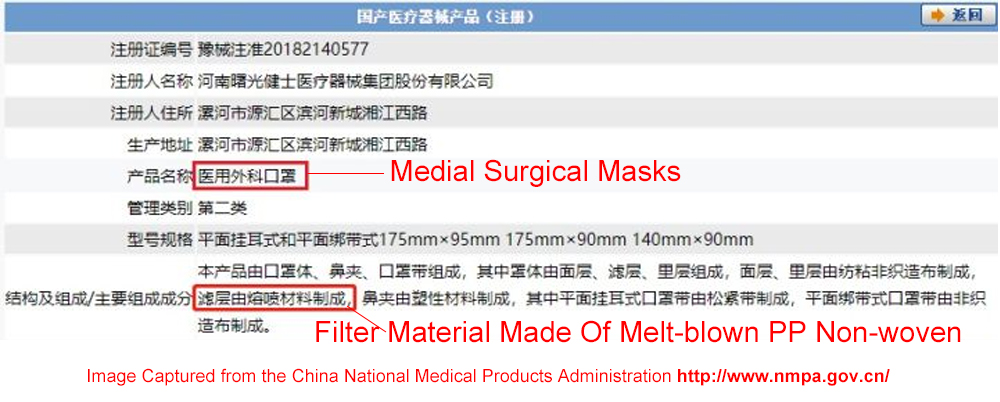
I consulted with the local mask manufacturer, the current composition of masks on the market is as follows: flat masks are generally non-woven + fusion spray + non-woven. The three-dimensional cup masks are usually PET polyester needlepoint + meltblown + needlepoint cotton or non-woven.
And then I found the meltblown cloth manufacturer’s website.
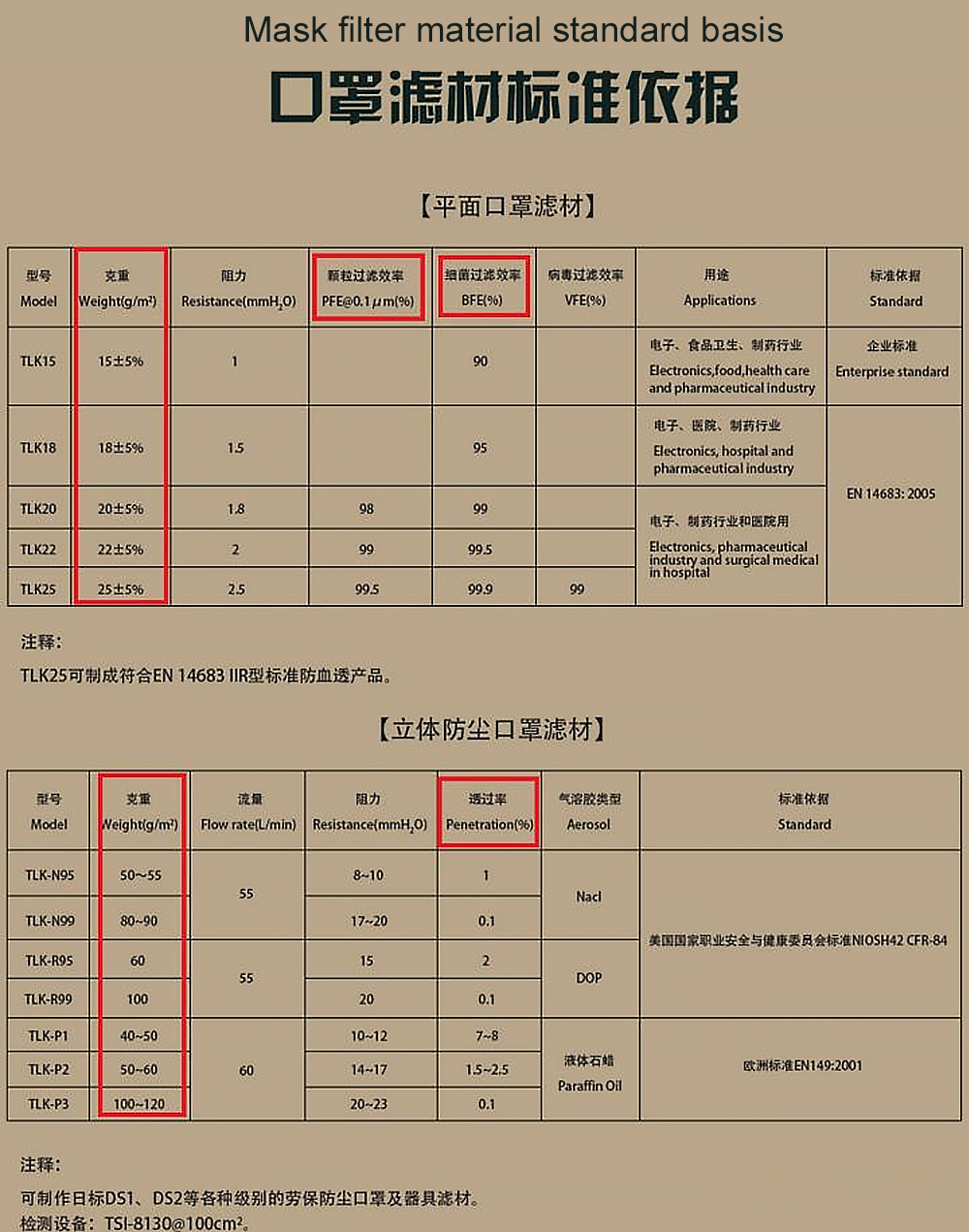
All kinds of specifications to meet various industry standards, such as KN95, KN99, BFE, PFE, and European FFP, etc., and then look at the standards given by manufacturers
I found the difference to be simple: it’s that the larger the gram, the better the filtration, i.e. the better the antiviral masks will be. It’s well understood that the higher the gram weight, the greater the density, the better the filtered down course. So, above 30 grams basically have 99% effect of BFE and PFE filtration, above 50 grams can pass the NIOSH standard of more than 95% (that is, the national standard KN95).
Of course, life, in order to facilitate the distinction, with the beginning of the national standards, medical protection, and medical surgery, has a clear registration number, can be found on the website of the Drug Administration, must be recognized, less one can not.
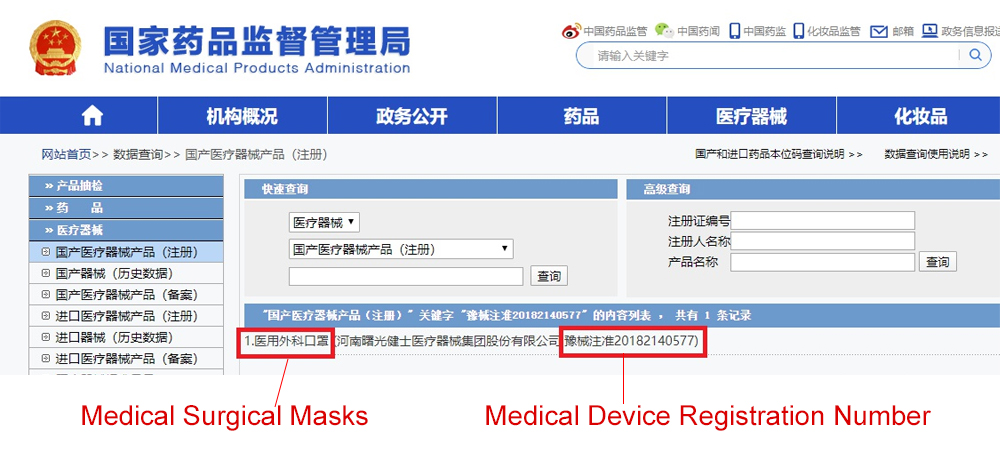 Of course, medical antiviral masks are not available at the moment (the medical environment is now a priority for manufacturers all over the country).
Of course, medical antiviral masks are not available at the moment (the medical environment is now a priority for manufacturers all over the country).
So, I didn’t buy it either, but it’s available on the market if it meets PFE filtration standards! Because the PFE for medical-surgical masks is only 30%.
Start tearing it down!
1. Common dust masks (not recommended)
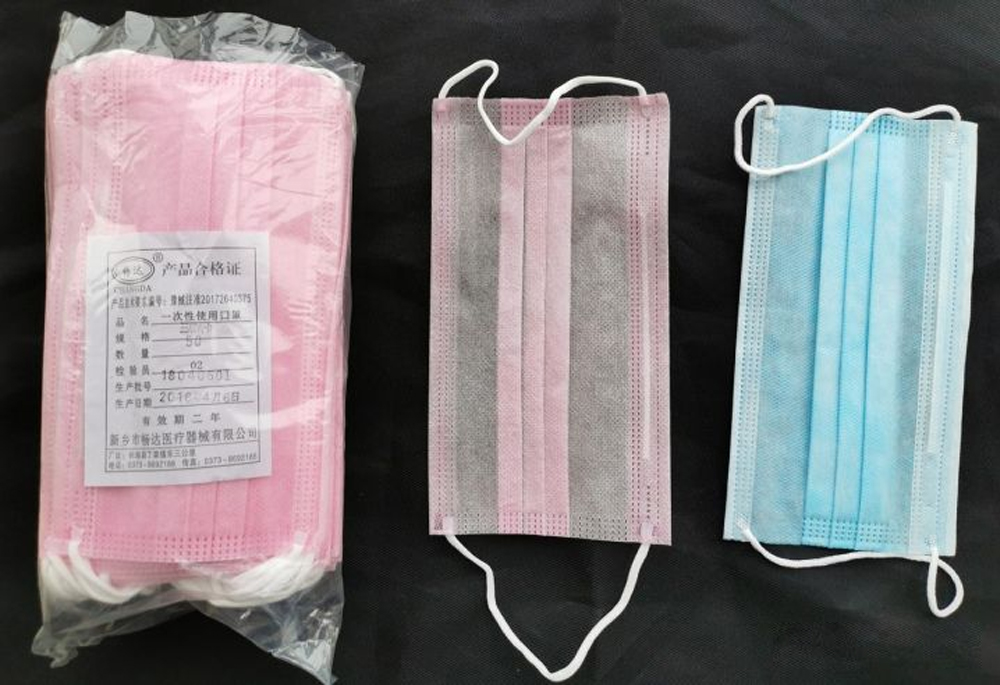
The pink was bought on Taobao(The biggest B2C online platform in China), with a certificate of eligibility, and a search was indeed filed.
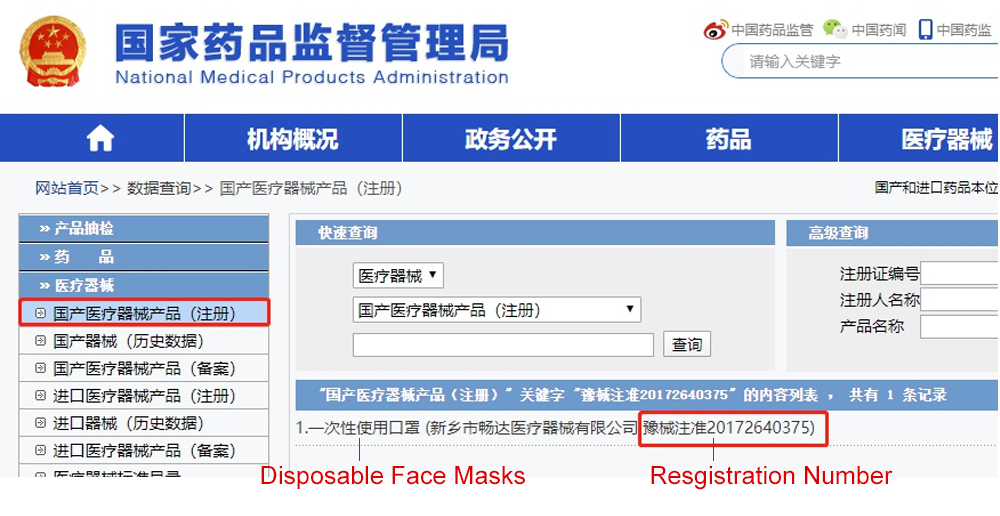
But it is the most useless, it can not be called as an antiviral mask, the national standard inside the rightmost ordinary masks can not be ranked, I dismantled a bit, on 2 layers of non-woven fabric, nothing can stop ah! 100 spent 80 Chinese Yuan! The blue bought at the clinic is no better, the middle layer is not melt-blown cloth! (Compare later.)
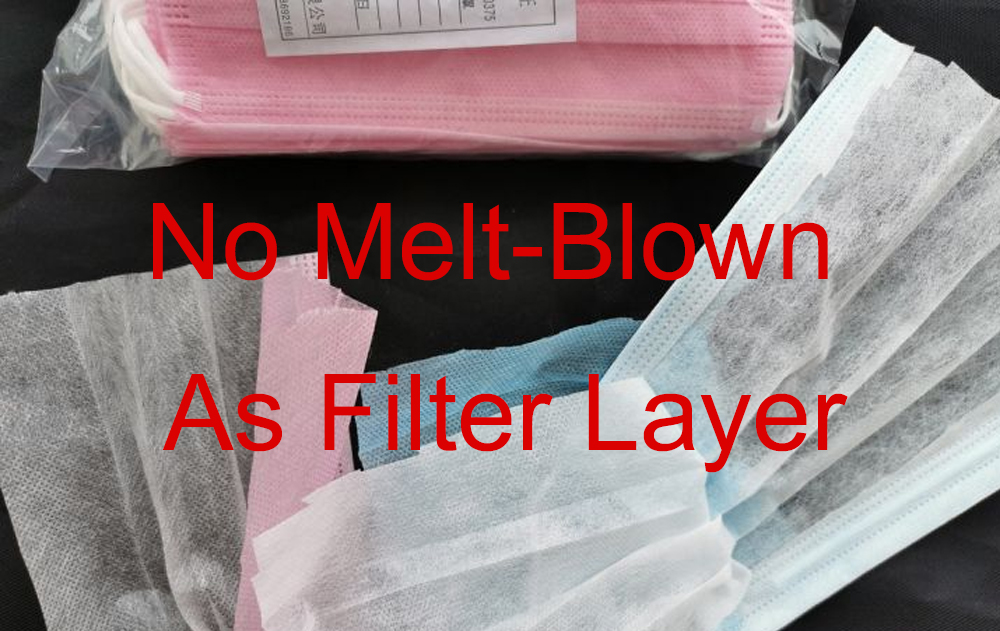
2. Japanese antiviral masks (note the PFE indicator)
Now the Japanese masks are also snapping up, but does it work? According to our understanding with manufacturers, Japan has a habit of wearing masks all year round, mainly to prevent pollen, droplets, infectious diseases, etc., and there are many domestic OEMs. Although Japan does not use national standards, the products generally have BFE or PFE standards.
Be careful when you buy, pay attention to the packaging, for example, I bought this packaging as follows
With BFE and PFE 99% efficiency signs!
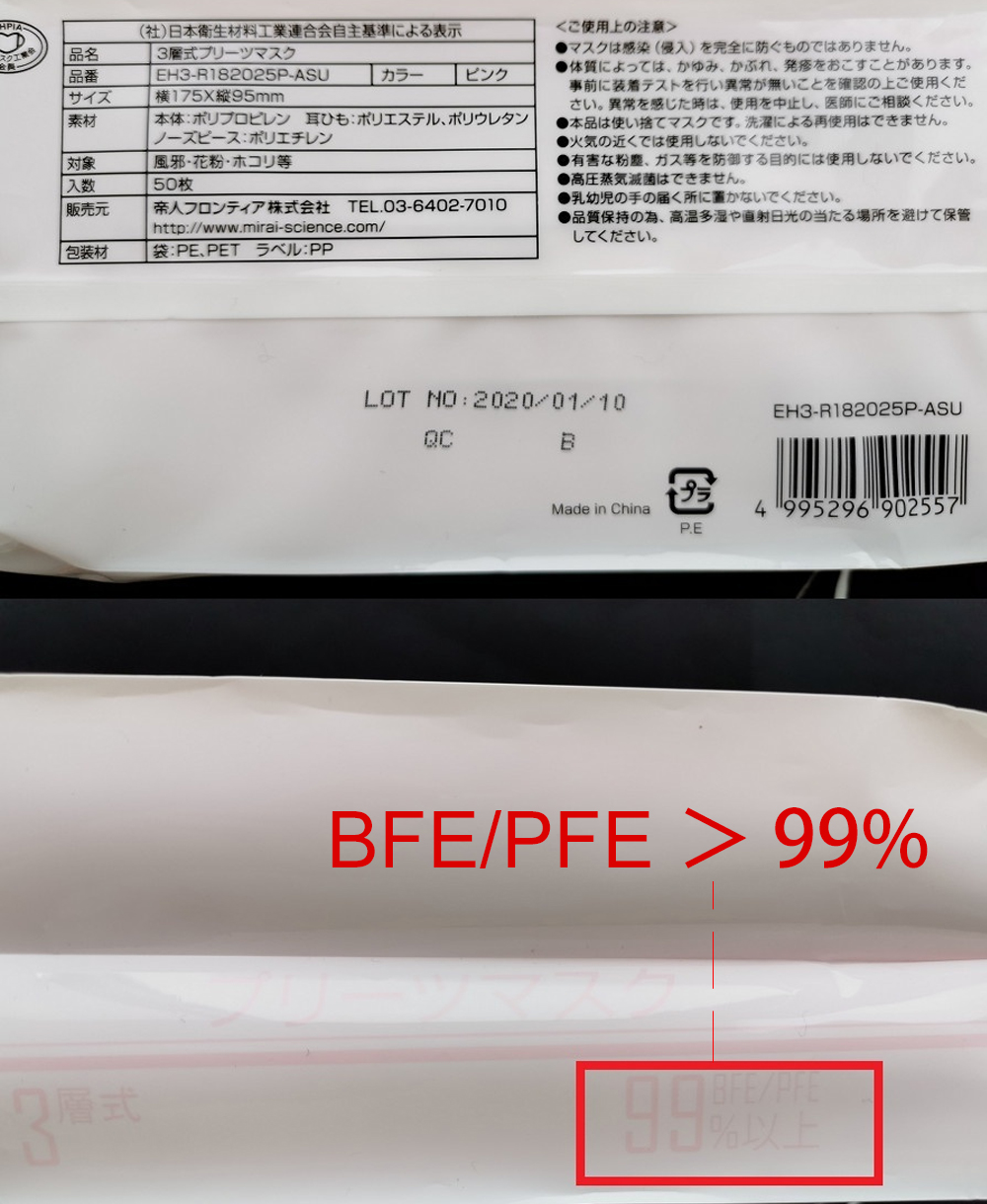
Look at another one, this kind is useless, no antiviral performance at all, this is not an antiviral mask!!!
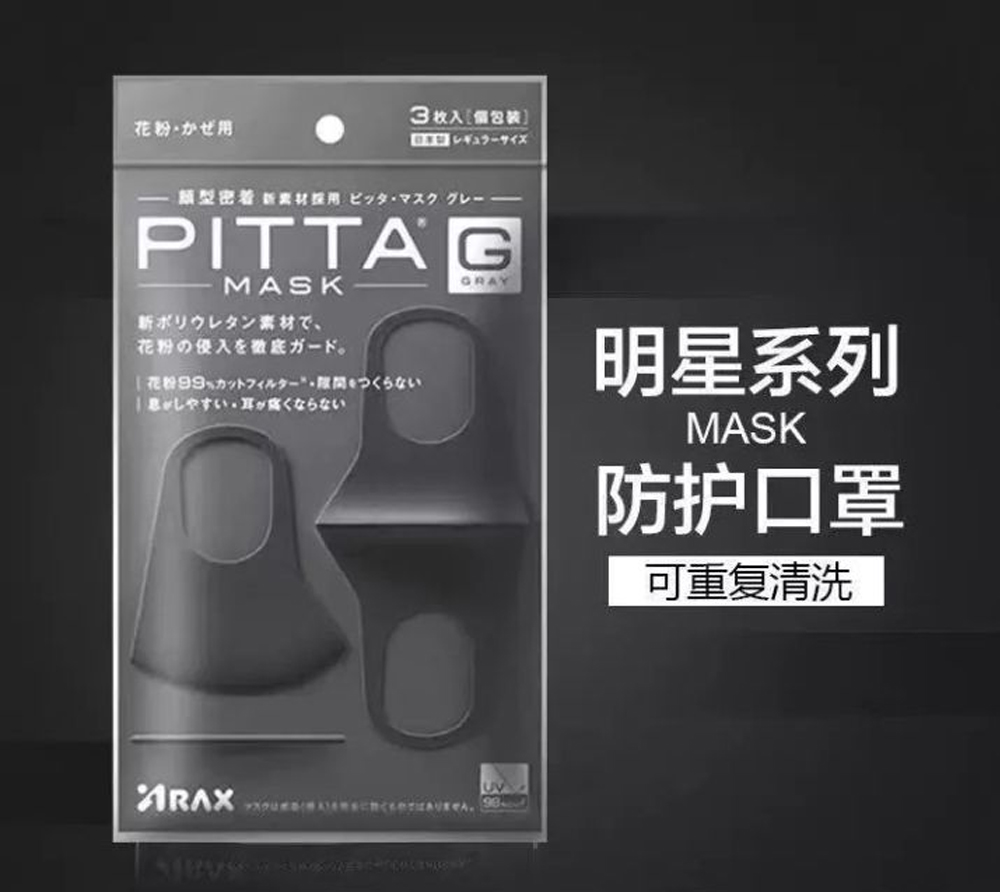
Okay, come on, take them apart! Cut out the top and bottom layers of non-woven fabric, leaving the middle layer, which is indeed all melt-blown fabric!
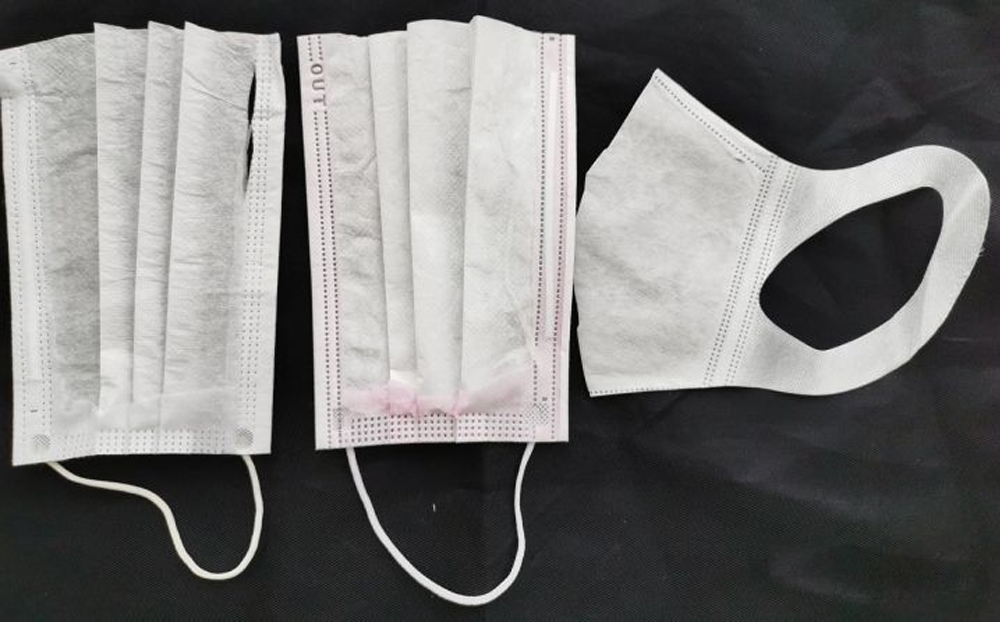
Contrast that with the previous blue, and you can’t tell the difference at a glance! That’s the key to being able to filter virus particles! I also checked with local OEMs and the cost of this meltblown cloth is about 5 times that of regular nonwovens!
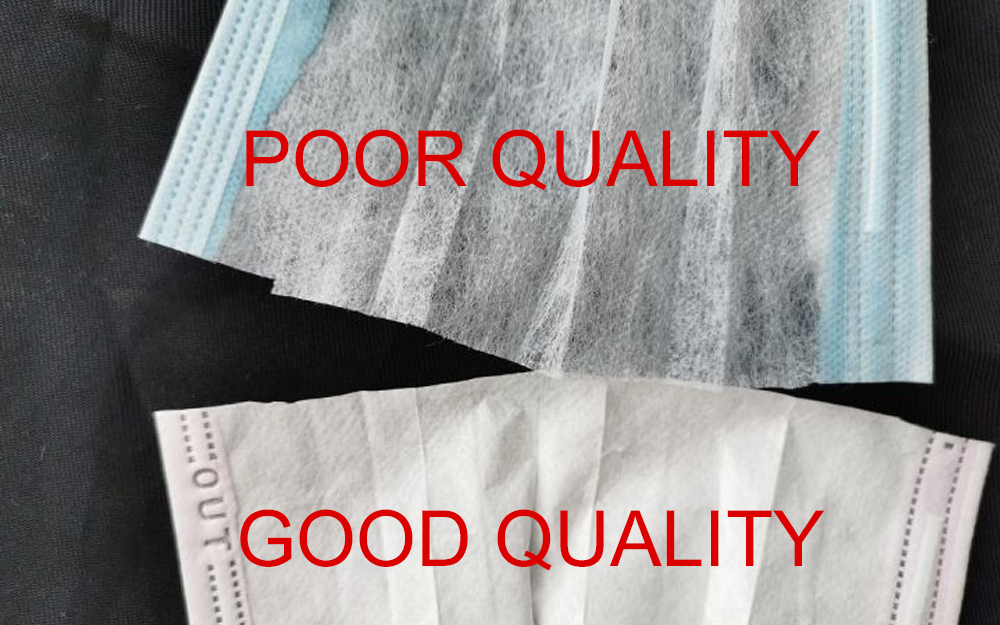
3. The N95 and n95 alternatives antiviral masks
Then look at the beginning of the national standard, GB2626 is the standard for self-absorption filter respirator, and the difference between the plane mask is the sealing, usually used in anti-haze and industrial dustproof environment (the plane mask is not anti-haze, because of the wind leakage ah! But the core is also meltblown and can also filter PFE!

To take a look, the left side is exported to the U.S. only American Standard N95, white 3M is Taobao purchase, purple is Jingdong self-supply(JD.COM), the right side is the children’s model put together (children’s model is 3 layers without valve). On the left is the double layer of melt-blown used, the total thickness of which exceeds that of a flat mask.
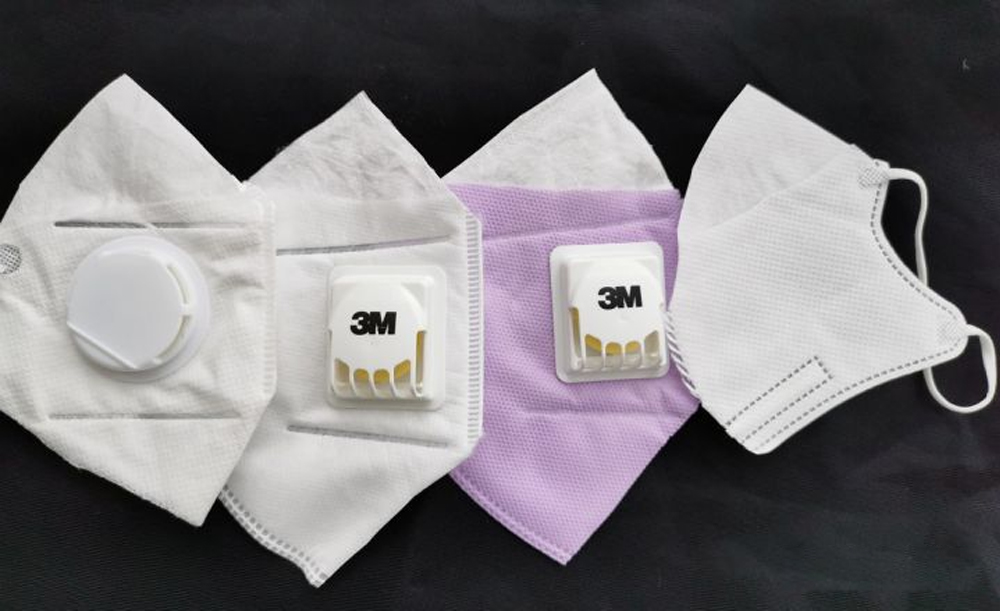
3M’s is a bit unique, probably a self-developed composite melt-blown with good quality.
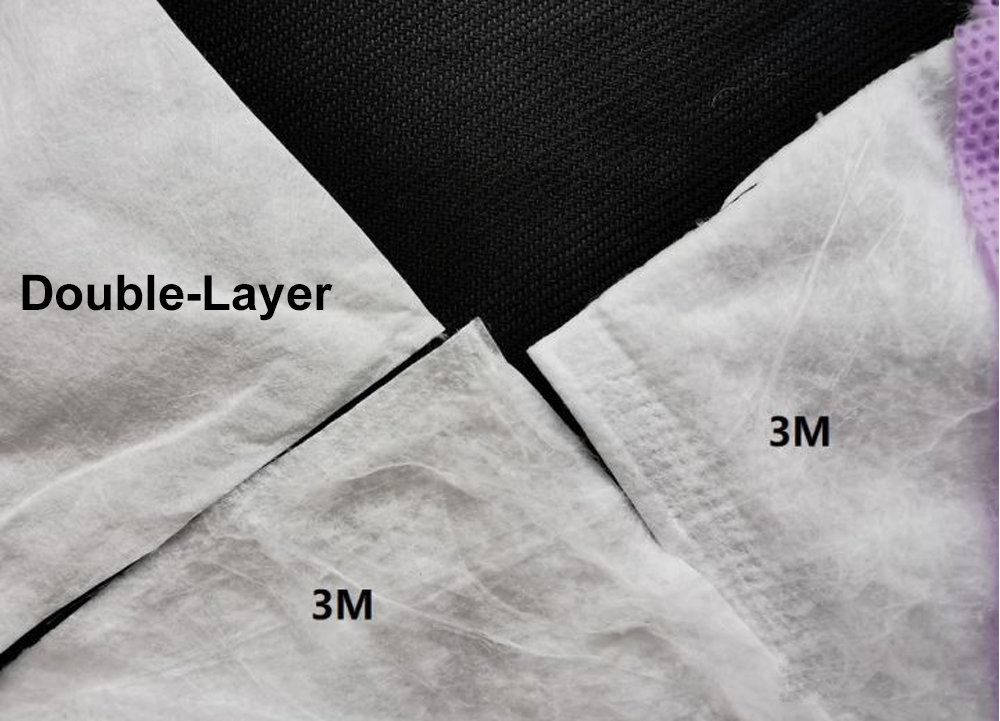
Though GB2626 masks are antiviral, while the GB2626 is not accepted in the medical environment, choose protective gear (medical masks) that are required to comply with GB19083-2010 instead of GB2616 standard masks for sterilized use.
For our daily protection, shopping for groceries, mainly against droplet transmission, flat masks that meet the PFE standard and those above KN90 in GB2626 are effective, also the qualified disposable face masks with middle melt-blown filter material are good alternatives to KN90, KN95, N95, but not recommended to use in sterilized medical scenarios!
I hope the epidemic will end soon and everything will back to normal again!

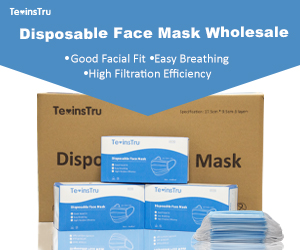

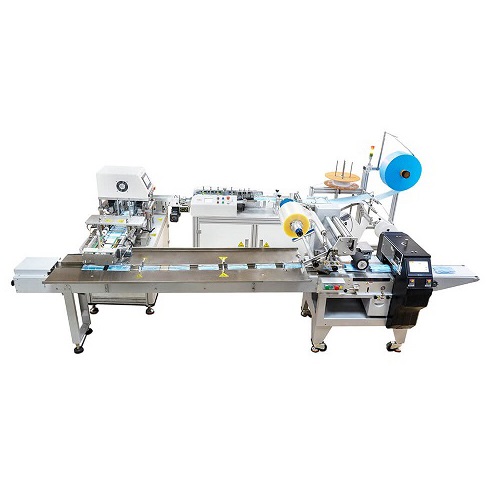

This Post Has 0 Comments